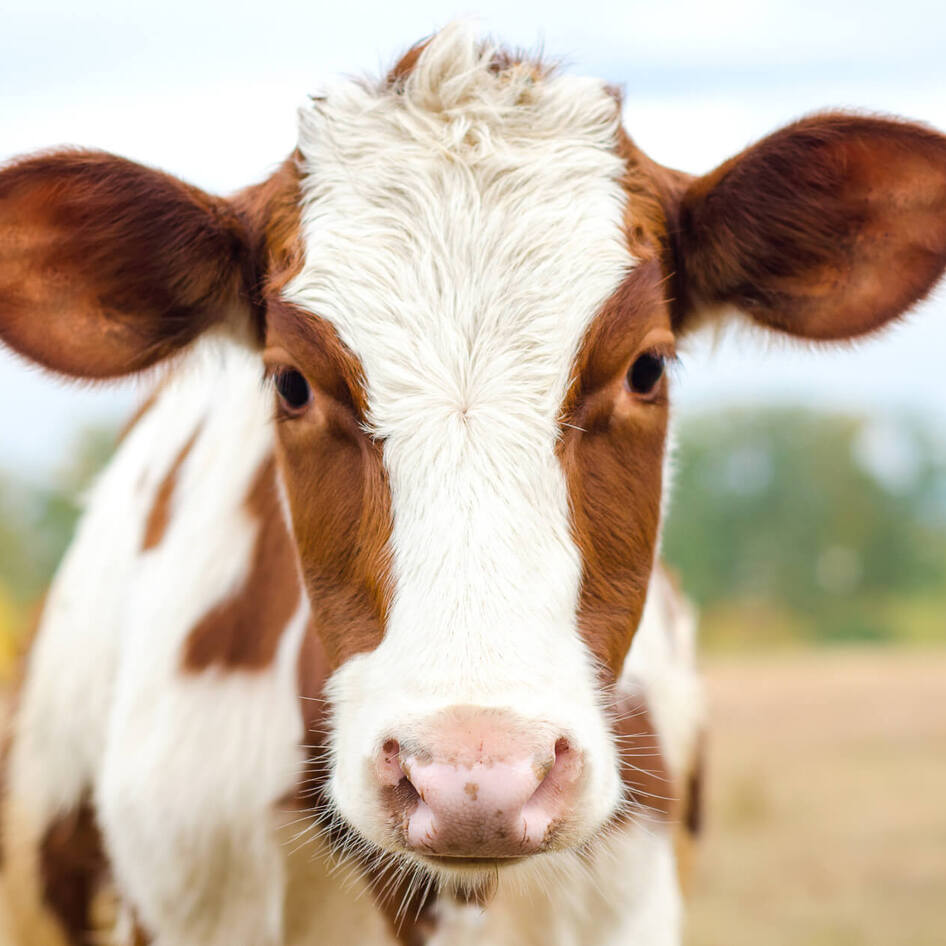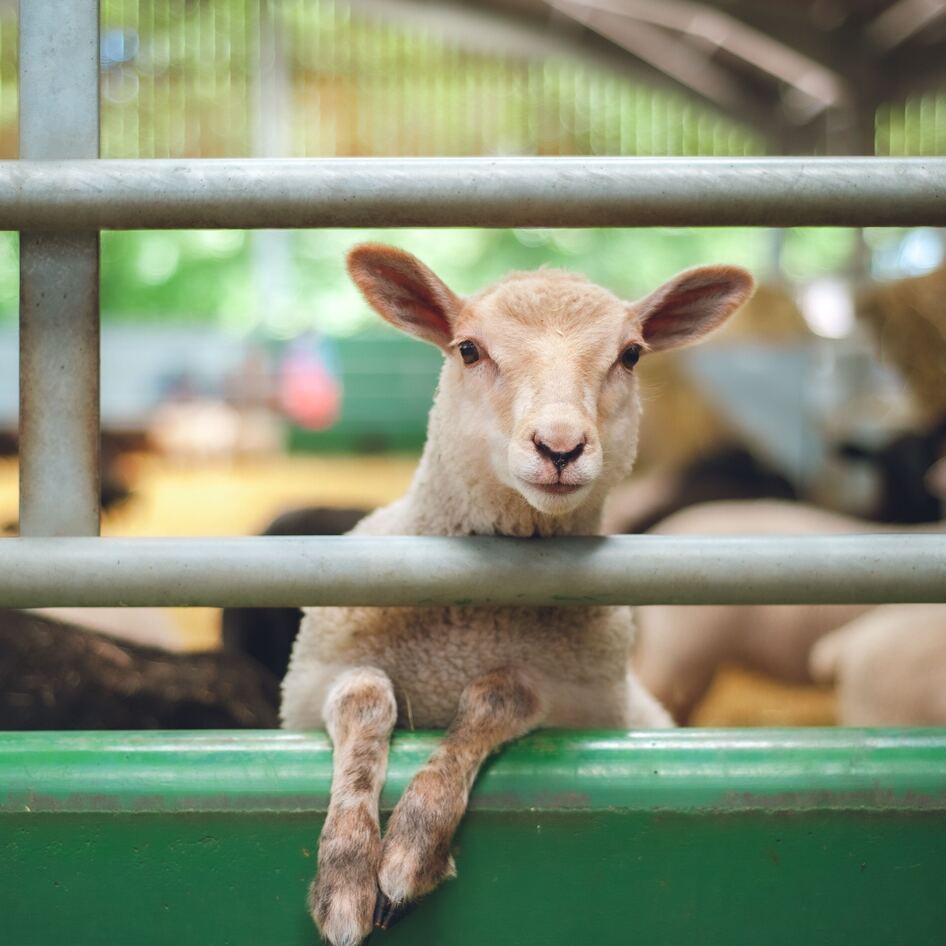The Rise of Genetically Modified Animals
From giant salmon to spinach-pig hybrids, genetically engineered animals are here—but what price will we pay for tampering with nature?
October 16, 2011
Many of us have fantasized at one time or another about cloning a beloved pet to relive precious memories or shrinking an animal to pocket-size, but what many people don’t know is that genetically engineered animals are no longer just a futuristic idea—they’re very much a reality. For years, researchers have been modifying animals’ genetic material, seeking to further medical, agricultural, and biological technology. But with new conveniences comes new concerns—how will we know when we’ve gone too far?
Of Mice and Men
Scientists have been splicing species for nearly three decades, sometimes with Frankensteinian results. The first transgenic animal was created in 1982 by injecting fertilized mouse eggs with a rat’s growth-hormone gene, resulting in giant mice nearly twice the size of their natural counterparts. Pioneered by University of Pennsylvania’s Ralph Brinster and University of Washington’s Richard Palmiter, this technology has been used since on an array of other animals. In 1996, controversy over GM animals resurfaced when a group of Scottish scientists announced that they had successfully cloned an adult sheep known as “Dolly.” Although discussion ensued about the ethical concerns of cloning—more specifically, its dangers and potential to be used for human subjects—more living experiments continued behind closed doors. According to the Center for Genetics and Society, at least 17 other species have been successfully cloned since Dolly.
In recent years, attempts to increase the salability of food animals through genetic engineering have only become more apparent. In 2002, Japanese researchers developed transgenic pigs that contained spinach genes in hopes of making pork healthier. Four years later, Harvard scientists with similar aspirations created pigs high in omega-3 fatty acids. While neither of the GM pigs went to market, the Food and Drug Administration is currently deciding whether to approve the sale of GM salmon, engineered by a Massachusetts-based company called AquaBounty Technologies, that grow twice as fast as the wild variety. If approved, the fish will be the first GM animals marketed for human consumption. Other genetically modified animals that are hitting the desks of the FDA: the Enviropig, engineered with a mouse protein that causes it to produce “environmentally friendly” manure low in pollutive phosphorous, and mad cow disease-resistant cattle from the company Hematech.
Hybrid Horrors
In addition to genetic engineering for agricultural benefits, animals have also been modified for medical purposes. In 2007, Scottish researchers from the same facility that created Dolly developed transgenic hens that produced pharmaceutical drugs in the proteins of their eggs, which researchers hoped would “bring down the costs of drugs that currently are prohibitively expensive.” Two years later, Russian scientists revealed that they had engineered goats to produce human breast milk in hopes of nourishing babies whose mothers aren’t able to breast-feed them—as well as to exploit the antibiotic qualities of the breast-milk protein lactoferrin. And GM animals are making way more than just milk for human needs—in 2009, British fertility researcher Lord Winston announced that he and his colleagues would be genetically engineering pigs for the purpose of harvesting their organs for human transplants. While the costs of pharmaceuticals can be sky-high, is using goats, pigs, and chickens as living drug factories a sustainable solution?
The More You Know
In 2010, a British report revealed a significant increase in the creation of GM animals in laboratories—of the 3.6 million scientific experiments carried out on animals in the UK in 2009, only 48 percent used genetically “normal” animals, meaning that more than half of research was being conducted on or about GM animals. The FDA also released its finalized set of regulations on GM animals in 2009, which essentially approved the use of genetic engineering as long as the manufacturer can prove the “safety” of the animal itself and of its use for human consumption through food or drugs. Randall Lutter, the organization’s deputy commissioner for policy, comments in the guidelines statement, “Genetic engineering is a cutting edge technology that holds substantial promise for improving the health and well being of people as well as animals.” While GM animals may hold promise in the way of medical advancements or agricultural profitability, one thing that can be argued is that this breed of research merits discussion. While we can’t always control what goes on within laboratories, we can control one thing—what we consume. The Just Label It! campaign aims to attract the FDA’s attention and mandate the labeling of GM foods. Its website includes an online petition where consumers can express their desire for conscientious consumerism directly to FDA Commissioner Margaret Hamburg.
GMO’s—whether fruit, vegetable, grain, animal, or some combination of the four—remain one of the most hotly contested subjects in science and culture today. While only time will tell what kinds of benefits or consequences may result from tweaking genetic blueprints, the time is now to learn about this contentious issue and its implications for human and animal welfare.
JUMP TO ... Latest News | Recipes | Guides | Health | Shop







